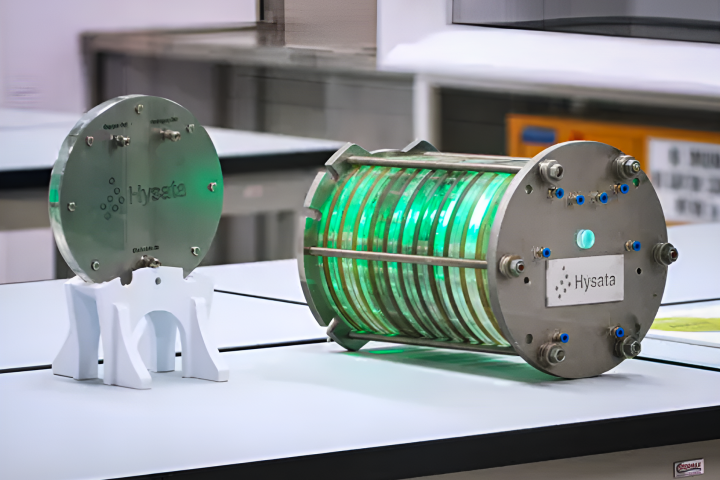Scientists from Oregon State University (OSU) have developed a new method that could make for better precision in the killing of cancer cells. The technique puts to use a unique compound with the ability to illuminate cancerous cells when exposed to near-infrared light, potentially acting as markers for surgeons taking on the intricate task of tumor removal.
The compound in question, known as naphthalocyanine, has three useful attributes once it has been exposed to near-infrared light. It can warm cancer cells and kill them off, it generates reactive oxygen species that can also cause the cancer cells to die, and it glows to serve as a potential marker for surgeons.
However, one weakness of naphthalocyanine is that it isn't water soluble, meaning that once it enters the body it tends to form clumps, foregoing its ability to make cells glow and produce the reactive oxygen species. On the plus side, the compound's properties can be manipulated by exposing it to different light intensities. So, by applying just the right amount of near-infrared light, it can be used to kill off only cancerous cells and leave healthy tissue unharmed.
To overcome its aversion to water, the researchers used a special water-soluble polymer called dendrimer. This enables the naphthalocyanine to travel inside a molecule that is attracted only to cancer cells and not healthy tissue. Once attached to the tumor, the scientists applied the required intensity of light, illuminating the cancer cells for the surgeons to more easily determine which tissues need removing. Completing the two-pronged attack, the lighting was optimized to activate the heating ability of the naphthalocyanine, killing off the cancer cells that might still linger following surgery.
The scientists performed their studies with laboratory mice, which showed no side effects. They say the technique shows great promise in improving the success rate of cancer treatments.
"With this approach, cancerous cells and tumors will literally glow and fluoresce when exposed to near-infrared light, giving the surgeon a precise guide about what to remove," says Oleh Taratula, an assistant professor in the OSU College of Pharmacy. “That same light will activate compounds in the cancer cells that will kill any malignant cells that remain. It’s an exciting new approach to help surgery succeed.”
Like-minded researchers have developed similar techniques in the past, involving different instruments and varying approaches. Early last year, scientists at Washington University produced a set of goggles through which surgeons could see cancer cells as a blue glow. Meanwhile, back in 2010 a device called the SpectroPen emerged, which was designed to make the edges of a tumor more visible during surgery.
But the OSU team says its approach could lead to a cheaper, more effective method than other solutions, and with less side effects. Next, it plans to perfect the process and test it on dogs with malignant tumors.
The research was published in the journal Nanoscale.
Source: Oregon State University





